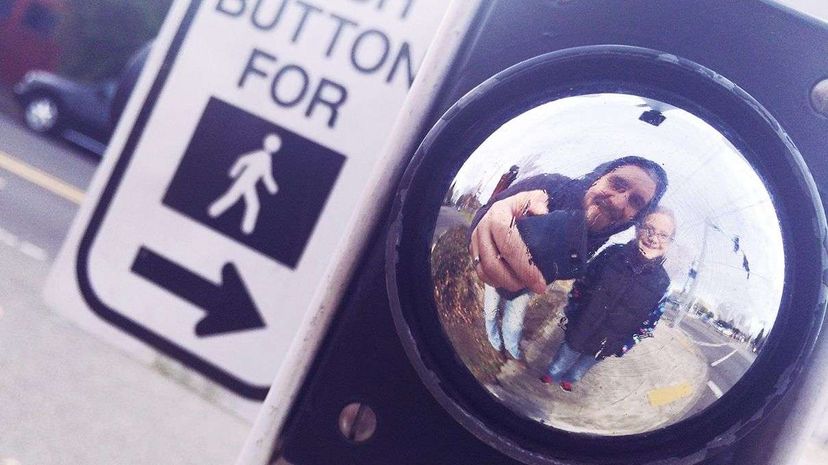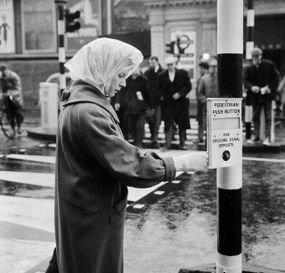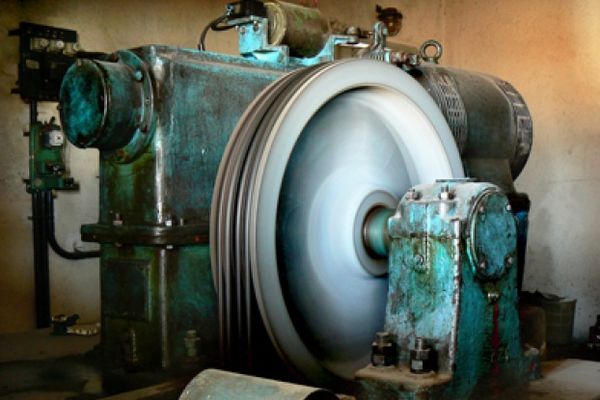
Whether you're pushing someone's buttons or pushing actual buttons, both of these actions have one thing in common: exerting control. But what if we told you the satisfying feeling of mastery that comes from pushing certain buttons, like on a crosswalk or elevator, is all a ruse?
Sadly, it is. Well, at least some of the time.
Advertisement
As our BrainStuff video above explains, pushing a "close door" button in an elevator or a "push to cross" button at a crosswalk may make you feel like you're accomplishing something, but it doesn't mean it changes the way elevators or traffic signals operate.
Like Chickens Crossing the Road
In 2004, a representative of New York City's department of transportation told The New York Times that more than 75 percent of the city's crosswalk buttons had no effect on traffic signals. And in 2013, U.K. transportation offices admitted up to 40 percent of their crosswalk signals functioned automatically, even if the crosswalk button was pressed.
But why? Does someone in the city planning department have a twisted sense of humor? Actually, it's a matter of progress. Most crosswalk buttons predate the era of computerized signal patterns — they used to influence the signal, but removing the buttons would cost millions. As a result, most cities have opted to leave the buttons in place.

Plus, most of the crosswalk buttons can be programmed to work at optimal hours. Newer traffic control systems like the Split Cycle Offset Optimization Technique (SCOOT), can make the buttons operational at non-peak hours. This is particularly effective at an intersection that has motor traffic 24 hours a day, but pedestrian traffic primarily during business hours, for instance. The walk signal can be set to come on automatically during the day, but require a push of the button when there are fewer pedestrians at night.
What Goes Up ...
So what about elevator "close door" buttons? There are a number of urban myths floating around, including the notion that the buttons work only with a master key carried by emergency or repair personnel. There's also a rumor that the buttons are completely fake and act only as a placebo to satisfy impatient button-pushers (more on that in a minute).
We do know the Americans With Disabilities Act of 1990 specifies that elevator doors must stay open for at least three seconds. This could make "close door" buttons ineffectual, at least when pushed immediately upon entering the elevator.
So what about the elevators that only have placebo "close door" buttons? These buttons, which don't actual do anything, are named after the placebo effect. A placebo effect is a psychological term that refers to people who experience measurable results with fake treatments, largely because they believe the treatments will work.
The next time you push a "close door" button in the elevator or press a signal button to cross the street, focus on how powerful you feel — even if it's only in your own mind.
Advertisement
